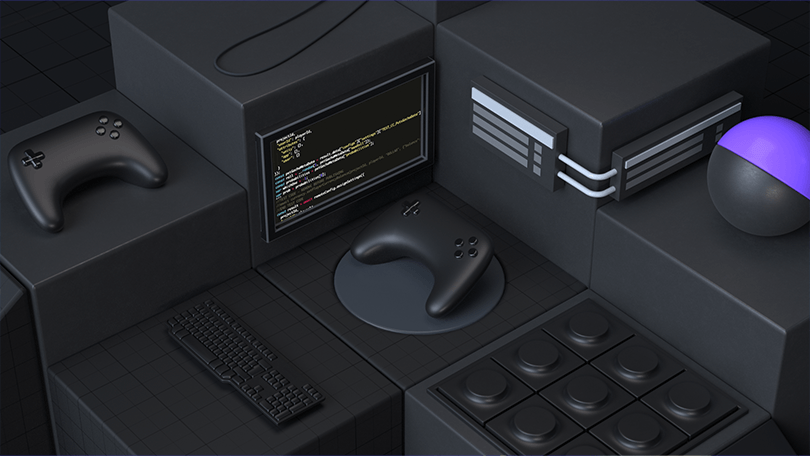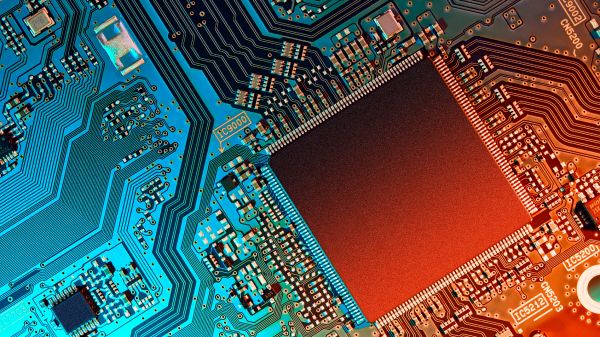
Desarrollo de videojuegos para plataformas de consola
Empieza a utilizar Unity para el desarrollo de consolas

Multipropósito desde el principio
El éxito comienza con el concepto. Piensa en desarrollar para plataformas de consola antes de comenzar el desarrollo.

¿Eres nuevo en el desarrollo de videojuegos para consolas?
Empieza con recursos que te ayudarán a obtener la aprobación de los propietarios de plataformas y get started a desarrollar tu juego.

¿Por qué desarrollar un juego para consola con Unity?
A través de integraciones y optimizaciones de plataforma desde el primer día, Unity ofrece a los desarrolladores de videojuegos profesionales herramientas y recursos para llegar a los jugadores a través de las consolas más populares.

Unity es más que un motor. Estamos a tu disposición desde la concepción hasta la comercialización, con un conjunto de herramientas de creación profesionales y servicios operativos centrados en la calidad que te ayudarán a triunfar en Nintendo Switch, PlayStation y Xbox.
Preguntas frecuentes
¿Cómo puedo crear un juego para otras plataformas?
+¿Qué necesito para empezar a desarrollar en plataformas de consola?
+¿Puedo crear y desplegar en plataformas cerradas (como Nintendo, PlayStation o Xbox) con Unity Pro?
+¿Soy yo y/o mi equipo los propietarios del contenido que creamos con Unity Pro?
+Nintendo Switch es una marca comercial de Nintendo.
*Baseado en estimaciones internas de Unity.

